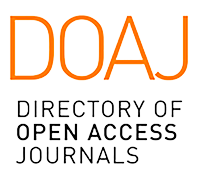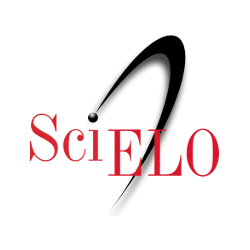


















This article analyzes the mechanisms employed by four Argentine artists of different esthetics (Eduardo Sívori, Cesáreo Bernaldo de Quirós, Fernando Fader and Emilio Pettoruti) in self-portraits executed in the early twentieth century. The principal hypothesis is that both their photographs which circulated during the period in which they were working and their self-portraits and portraits of others actualized or embodied different modes of being artists. In other words, these images, which until now have not been considered as a group, were operative in the construction of their careers at a founding moment for the professionalizing of the field of fine arts and the consolidation of the artistic career in the history of Argentine art.